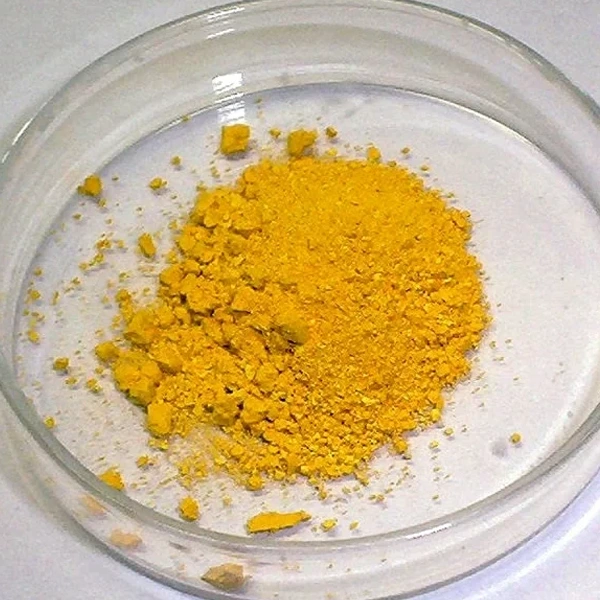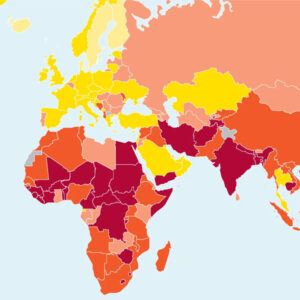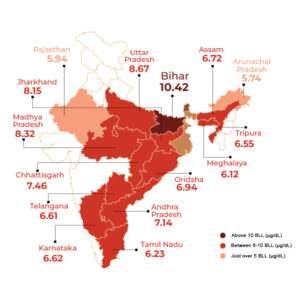Description
For modern-day consumers, various brightly coloured foods are known as superfoods and often consumed at higher concentrations than before. There is emerging attention for adulteration of turmeric with the vibrant yellow, toxic and carcinogenic compound lead
chromate. Rapid detection of this hazardous lead chromate is important to protect consumers, therefore this study aimed to develop a spectroscopy-based method to detect lead chromate in turmeric powder.
The potential of Fourier transform-Raman (FT-Raman) spectroscopy was investigated experimentally by measuring multiple turmeric powder samples adulterated with different concentrations of lead chromate (0.1%–10.0%, w/w). The acquired FT-Raman spectra were analysed by both univariate and multivariate statistics.
Linear correlation of the intensity of the main lead chromate Raman peak at 840 cm− 1 against the lead chromate concentration gave a
limit of detection (LOD) of 0.6%. For the partial least squares regression (PLSR) model, based on the 1750-200 cm− 1 range, a LOD of 0.5% was obtained. Lead chromate was successfully detected for samples adulterated from 0.5% or higher.
Raman spectroscopy is a promising screening technique for the rapid detection of lead chromate in turmeric powder at concentrations over 0.5%. However, the LOD for this study is still above the maximum levels that have been found in practice and future studies should focus on increasing the sensitivity of the technique.



